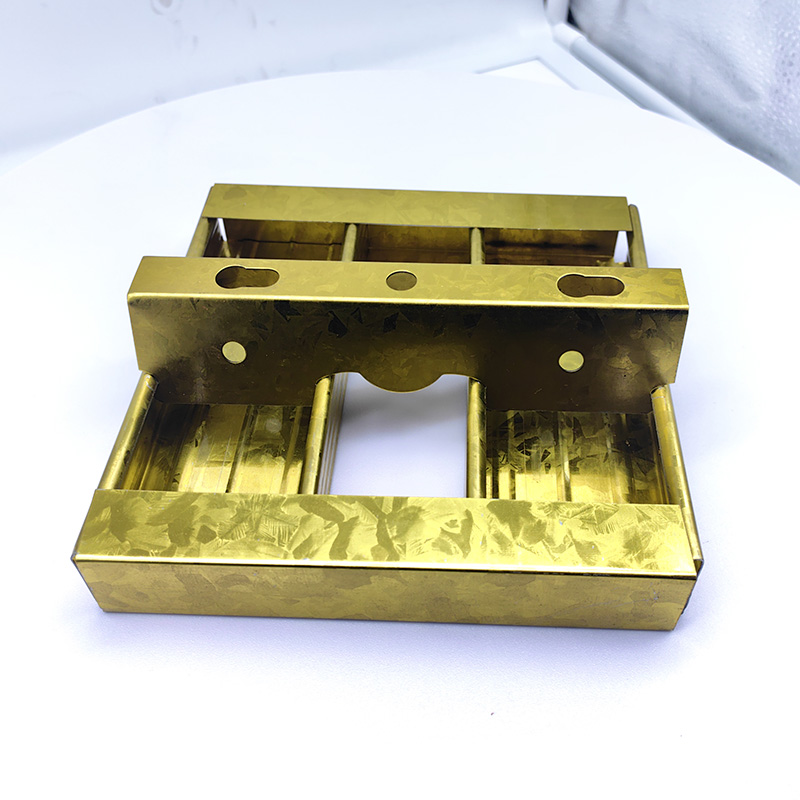Ceiling Grid
Drywall partition
Ceiling channel
Corner Wall angle
Accessories
Steel profiles
Support customization

60mm Ceiling Grid
A 60mm Ceiling Grid refers to a type of suspended ceiling system, commonly used in commercial and residential buildings to support ceiling tiles or panels. The "60mm" refers to the width of the grid profiles, which are typically the standard measurement for ceiling grid systems, particularly in areas like Europe and Asia. This size allows for easy compatibility with most standard ceiling tiles.
Key Components:
Main Runner (UD Profile):
The main runner or UD profile is the primary structural element of the grid system. It runs along the perimeter of the ceiling, providing the base for the cross tees (CD profiles) to rest on.
Cross Tees (CD Profile):
The cross tees or CD profiles are perpendicular to the main runner and form the internal structure of the ceiling grid. They are usually shorter than the main runners and are designed to support the ceiling tiles across the grid.
Suspension System:
A suspension system is used to hang the grid from the structural ceiling or roof. It can consist of wires, rods, or cables, which are connected to the ceiling and used to secure the grid system in place.
Ceiling Tiles:
Ceiling tiles (also known as ceiling panels) rest on the grid system. These tiles can be made of various materials, including mineral fiber, metal, acoustic panels, or gypsum, depending on the specific requirements of the space.
Features of 60mm Ceiling Grid:
Standard Profile Width:
The 60mm width is a standard size used for suspended ceiling systems, making it easy to find compatible tiles and other accessories.
Easy Installation:
The system is designed to be easy to install, with the grid components interlocking to form a stable structure that can quickly be suspended from the ceiling.
Durability:
The grid system is usually made from galvanized steel or aluminum, which is resistant to corrosion and ensures long-term durability and stability.
Versatility:
The 60mm ceiling grid can accommodate various ceiling tile types and materials, making it suitable for different environments such as offices, hospitals, schools, and commercial spaces.
Acoustic Performance:
When used with acoustic tiles, the system helps with soundproofing and noise reduction, making it ideal for environments where acoustic control is important.
Fire Resistance:
Many 60mm ceiling grids are designed to comply with fire safety regulations, especially when paired with fire-resistant ceiling tiles. This makes the system suitable for high-risk areas like kitchens, corridors, and industrial spaces.
Benefits:
Aesthetic Appeal:
The grid system offers a clean, uniform appearance, which enhances the overall aesthetics of the interior ceiling. The tiles can also be easily replaced or updated if needed.
Accessibility:
Suspended ceiling grids allow for easy access to wires, ducts, and pipes that may be hidden above the ceiling, making it simpler to carry out maintenance or repairs.
Cost-Effective:
This type of ceiling grid system is generally cost-effective, both in terms of installation and long-term maintenance.
Lightweight and Flexible:
The system is lightweight compared to other types of ceiling systems, reducing the structural load on the building, and the grid's modular design allows for flexibility in terms of ceiling layout.
Applications:
Commercial Buildings:
Ideal for office buildings, retail spaces, and hospitals, where a clean, functional ceiling system is required.
Residential Spaces:
Used in kitchens, bathrooms, and basements to cover up ceiling utilities or enhance acoustics.
Educational and Institutional Settings:
Common in schools and universities for controlling acoustics and providing access to above-ceiling systems like HVAC.
Industrial Applications:
Also used in factories, warehouses, and other industrial spaces, often with specialized tiles for sound insulation or fire resistance.
Conclusion:
A 60mm Ceiling Grid system is a widely used and versatile solution for suspended ceilings in both residential and commercial buildings. It offers a reliable, durable, and aesthetically pleasing way to create a stable ceiling structure that can support a variety of ceiling tiles and systems. With its ease of installation, soundproofing capabilities, and flexibility, it is an excellent choice for diverse interior applications.
Selection Guide for Ceiling Channel Materials: A Comparison of Light Steel vs. Aluminum in Terms of L
In ceiling construction projects, ceiling channels serve as the critical framework supporting the ceiling surface layer, and their material selection directly impacts the project's quality and service life.
2025-07-06
Designing with Corner Wall Angles: Enhancing Room Aesthetics with Finishing Touches
Introduction In the world of interior design, even the smallest details can make a significant impact on the overall aesthetic of a room. One often overlooked area is the corner wall angles. These seemingly insignificant junctions between w
2025-07-03
Commercial-Grade Corner Wall Angles for Heavy-Duty Construction Projects
In heavy-duty construction projects such as industrial plants, large commercial complexes, and transportation hubs, corners are critical parts of the building structure that constantly face severe challenges. Frequent collisions from heavy equipment and e
2025-06-30
DIY Corner Wall Angle Finishing and Professional Results
In home decoration, DIY corner wall treatments have gained immense popularity among homeowners striving to elevate the quality of their living spaces. Corners are susceptible to damage and highly noticeable, so the way they are handled directly influences
2025-06-27

